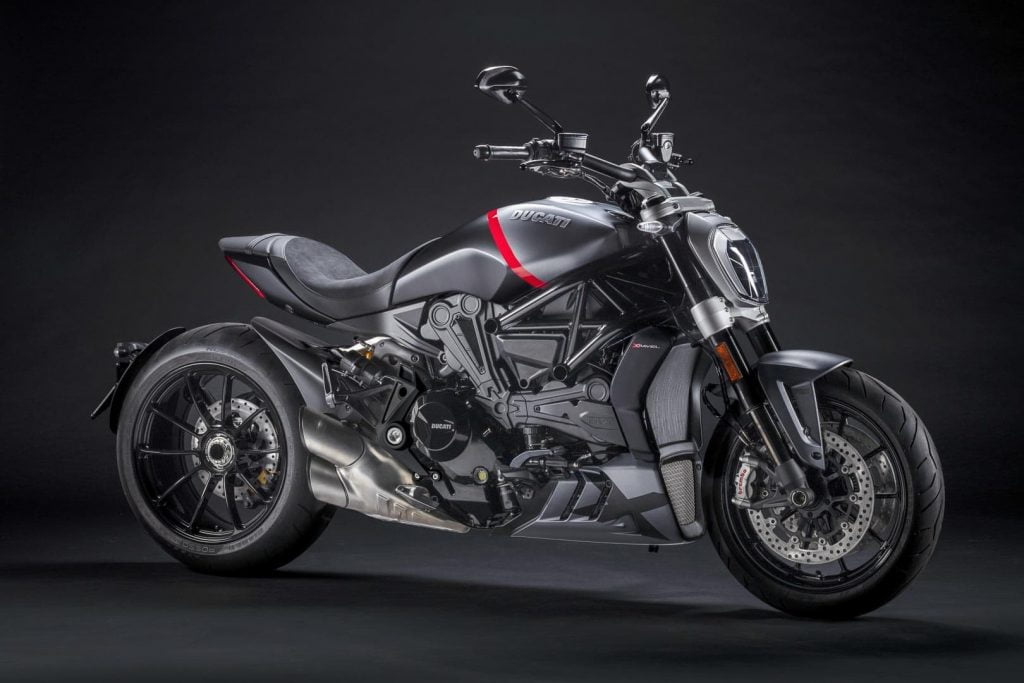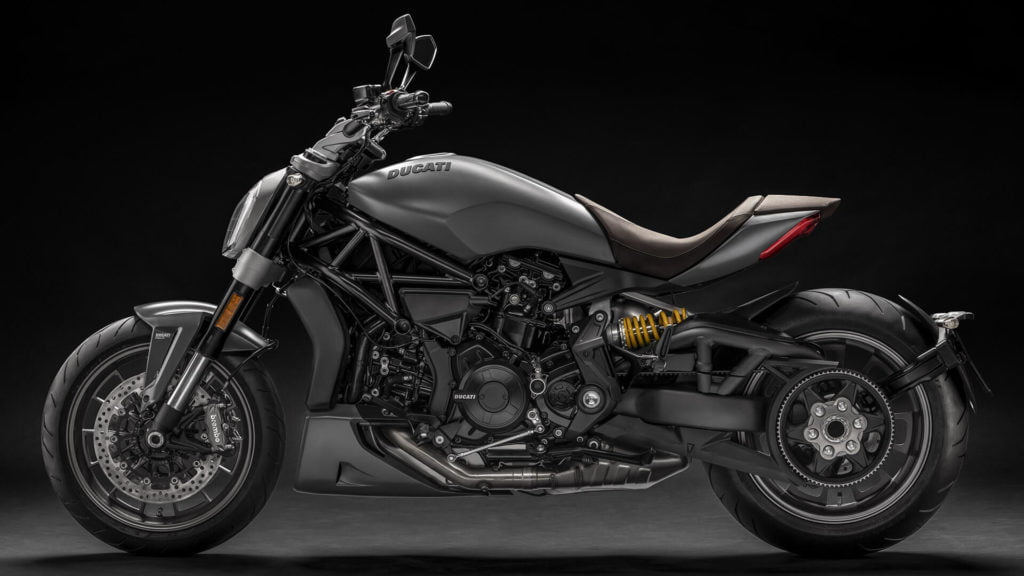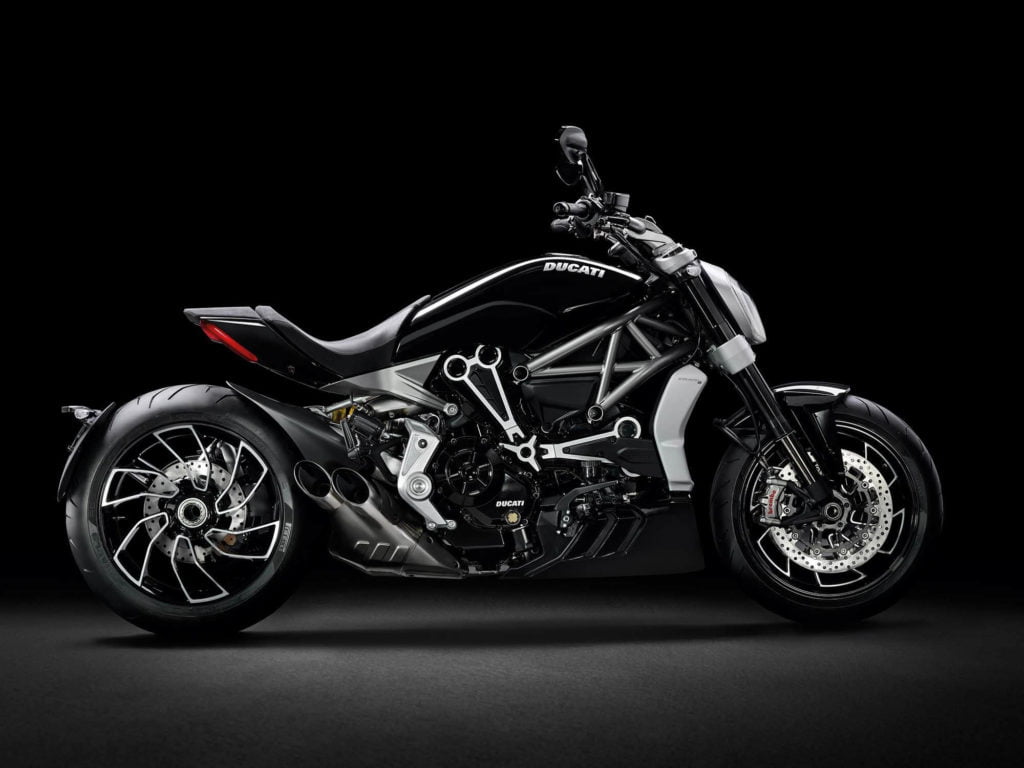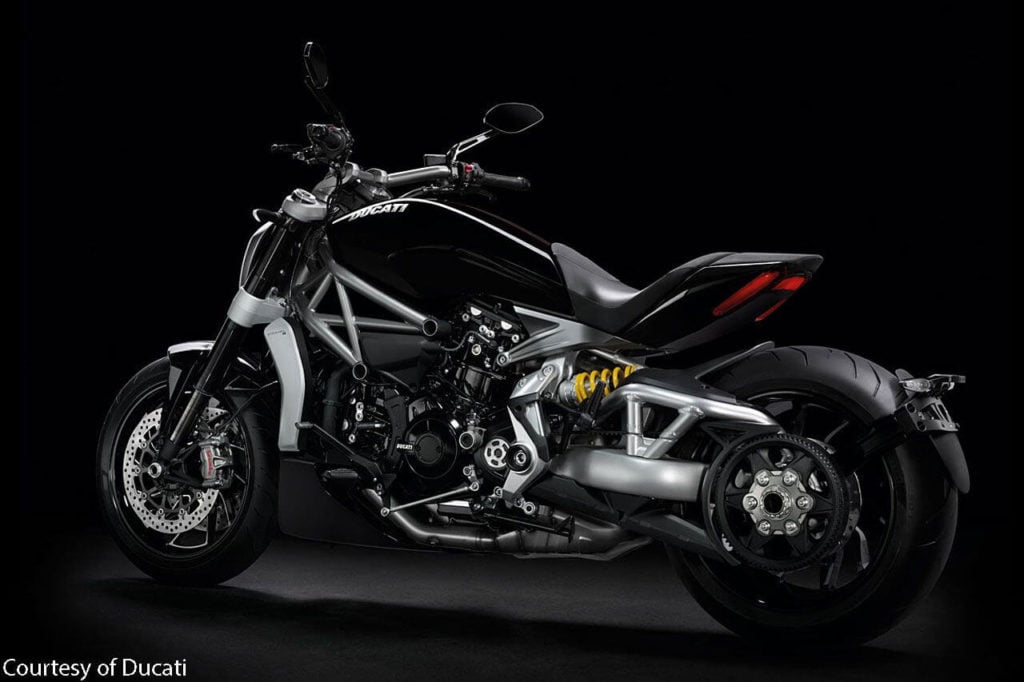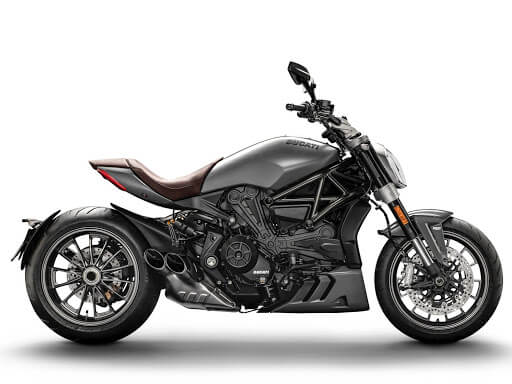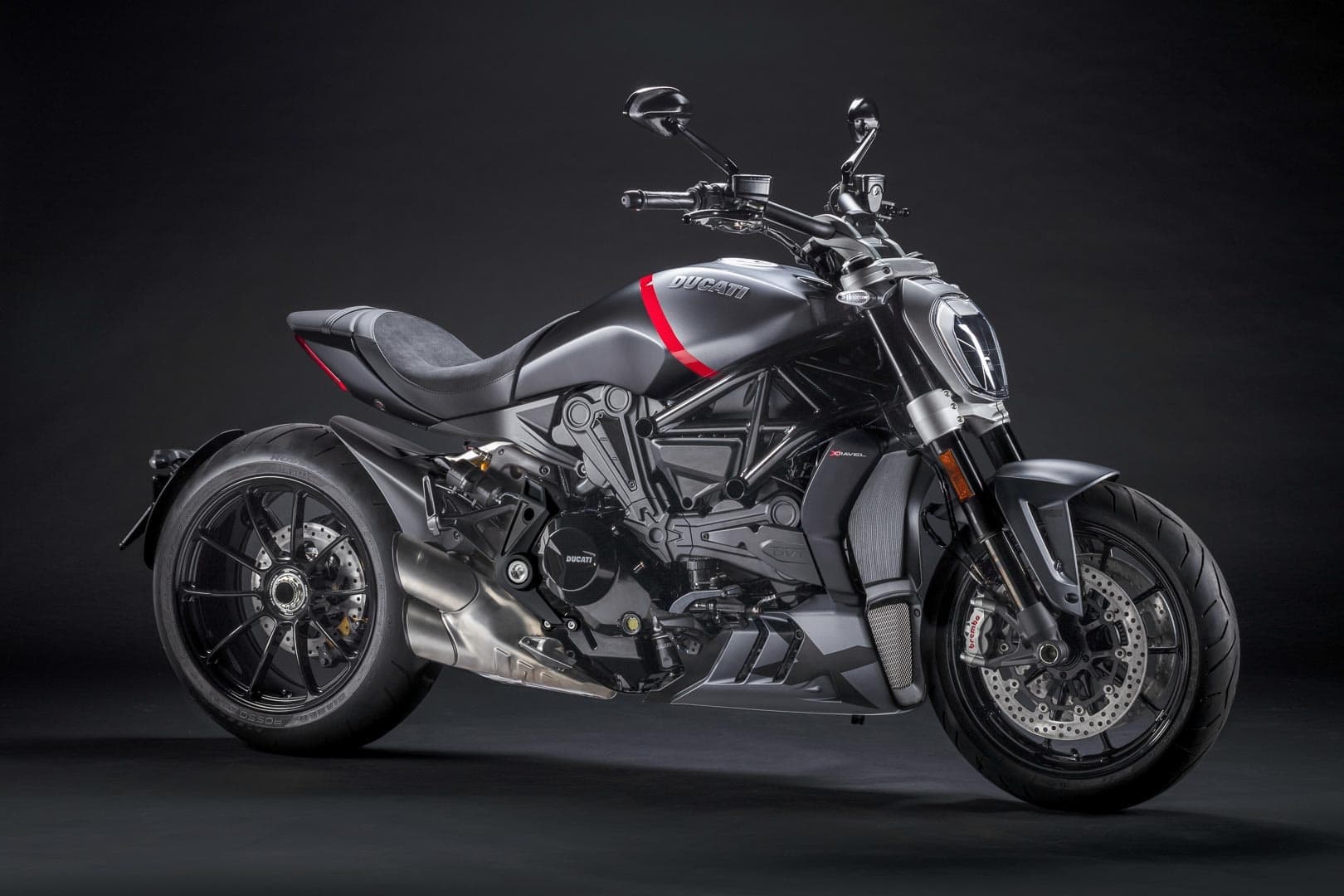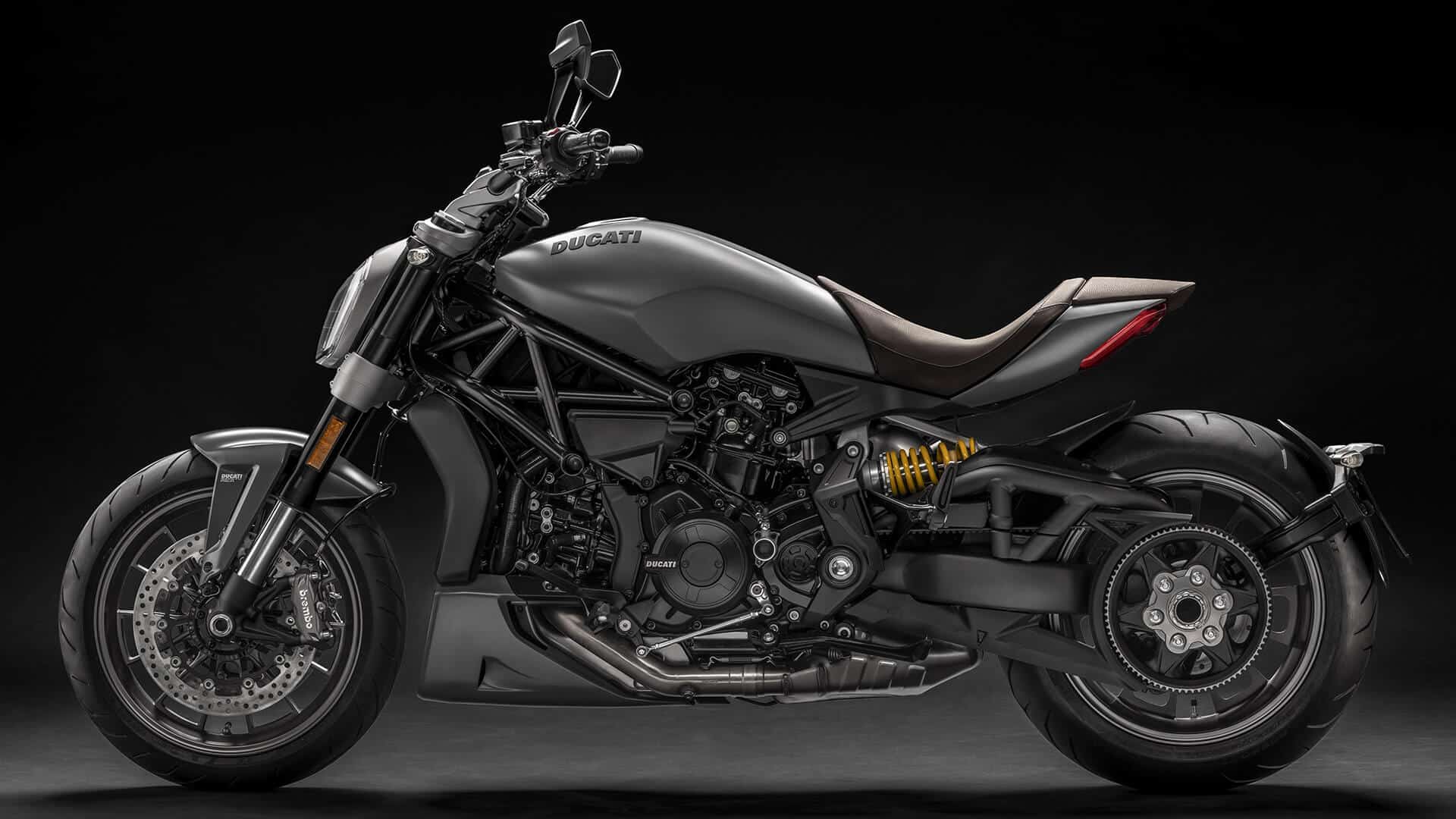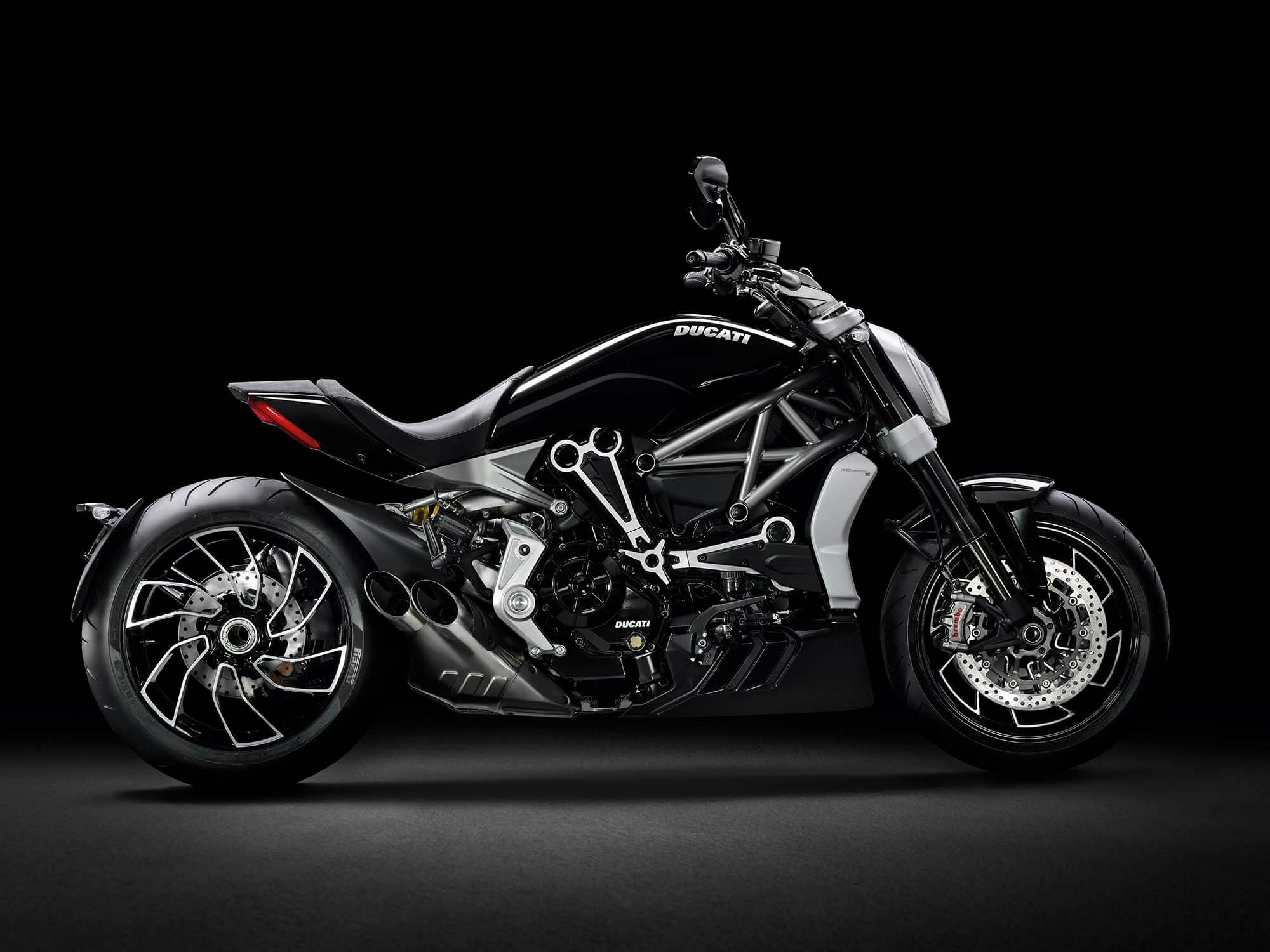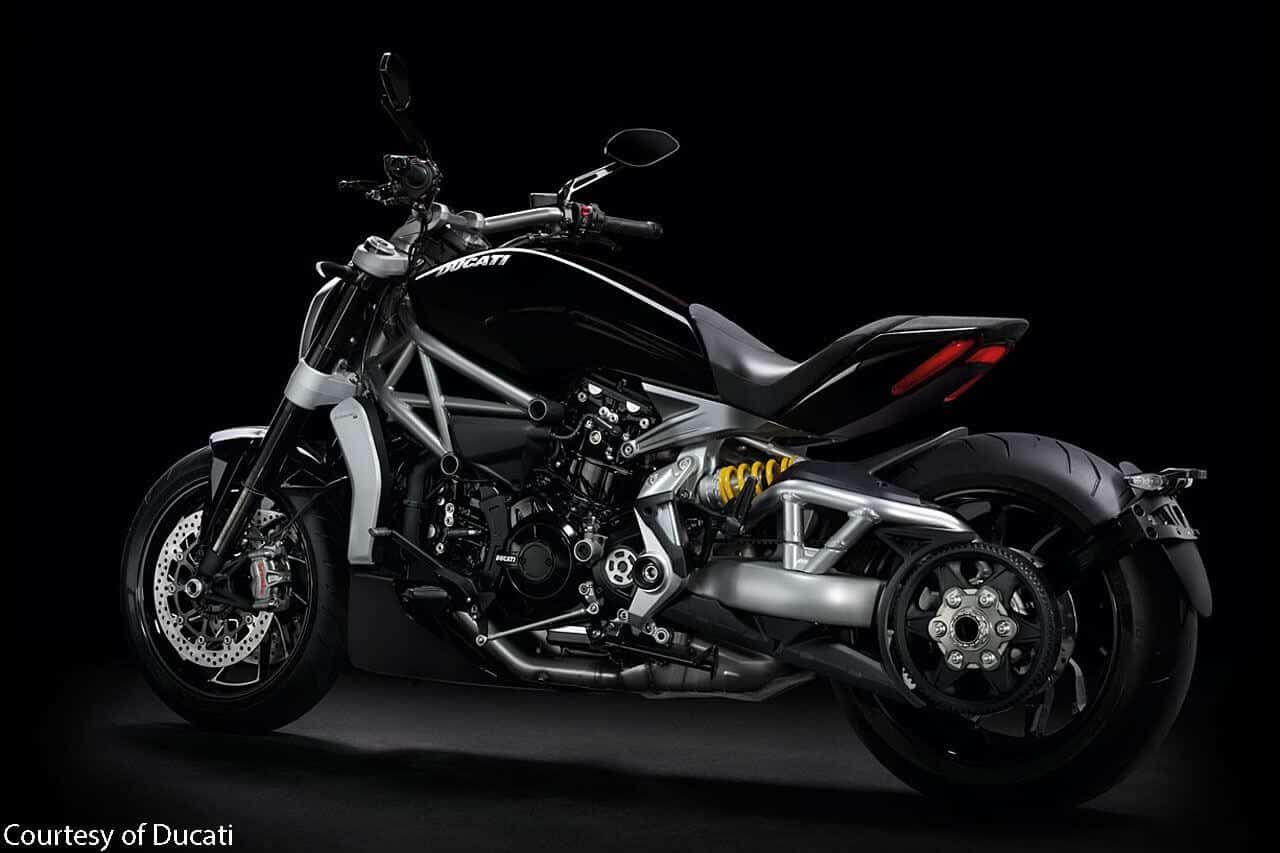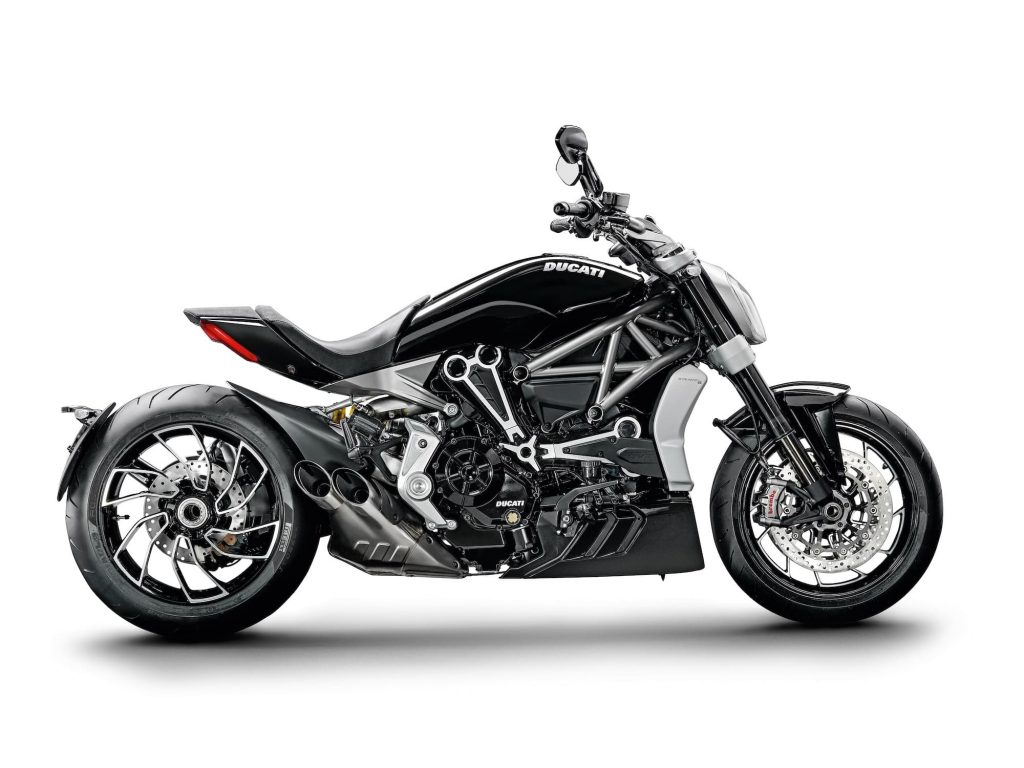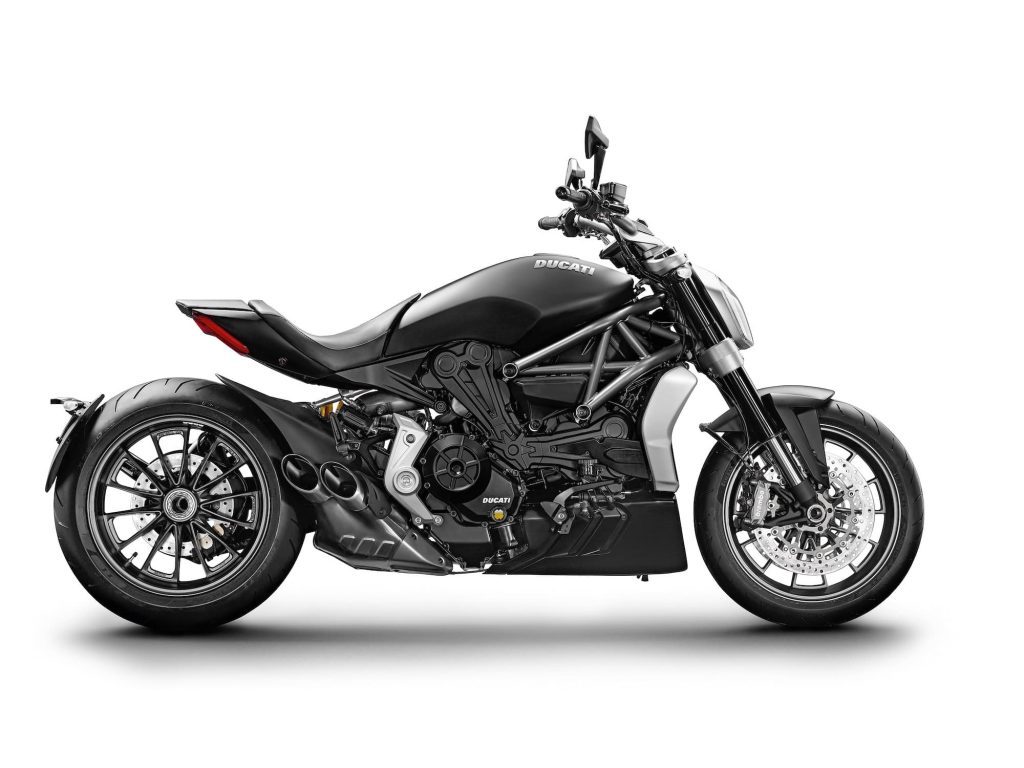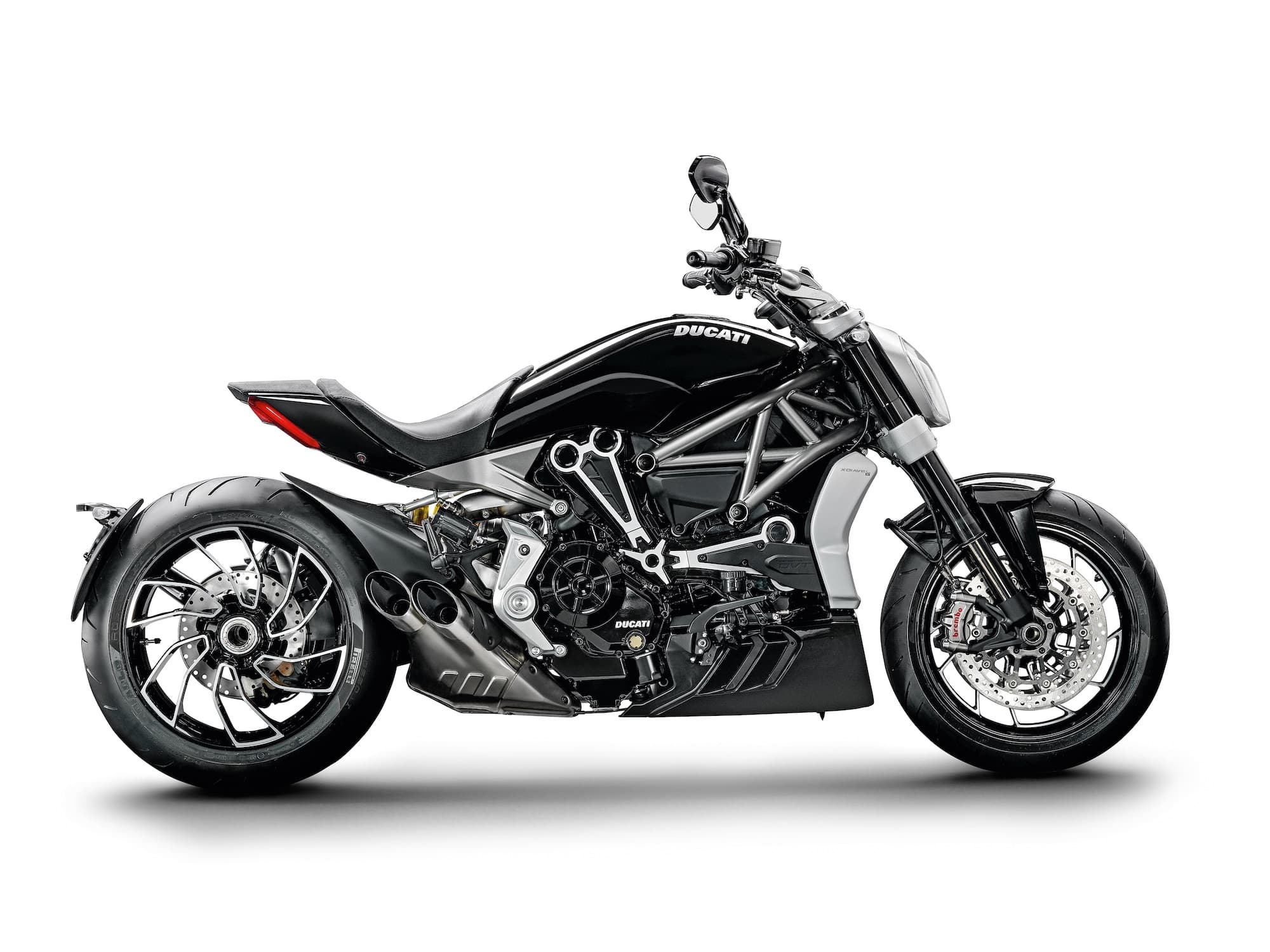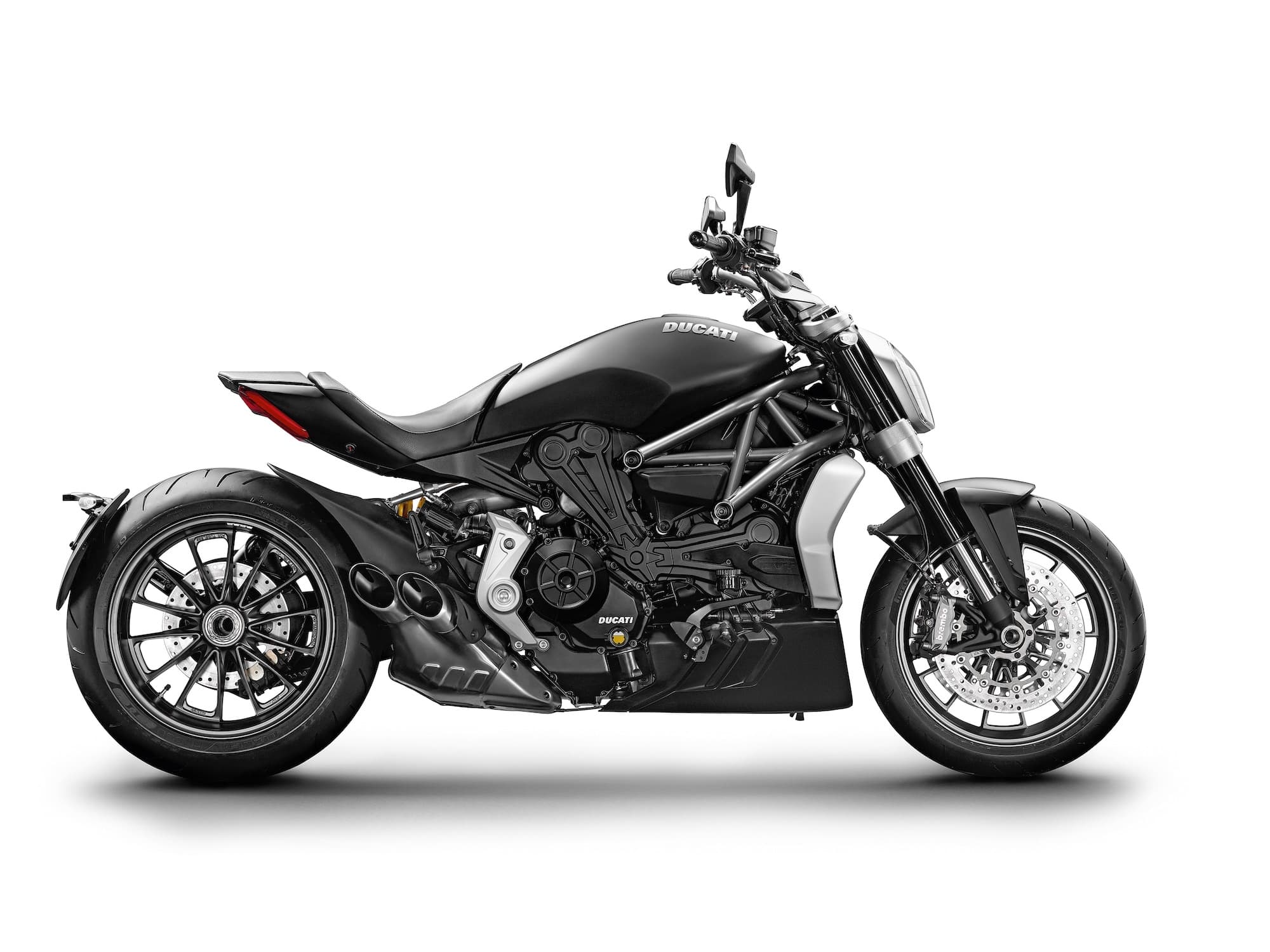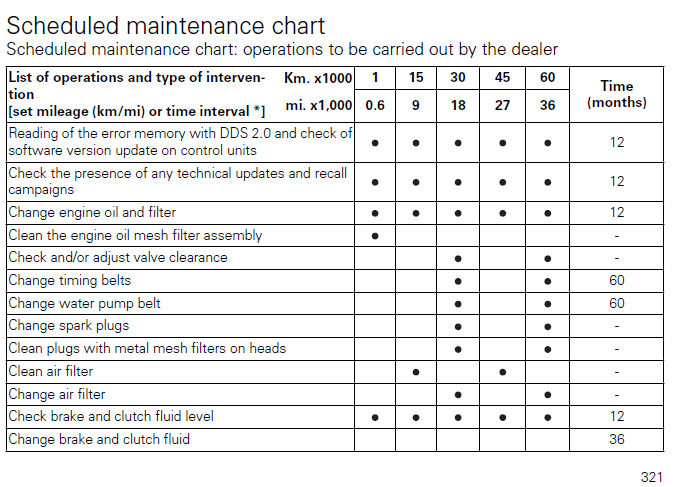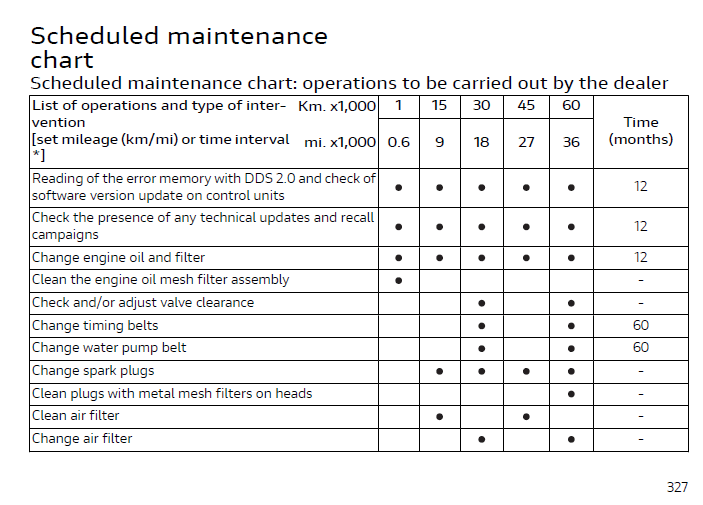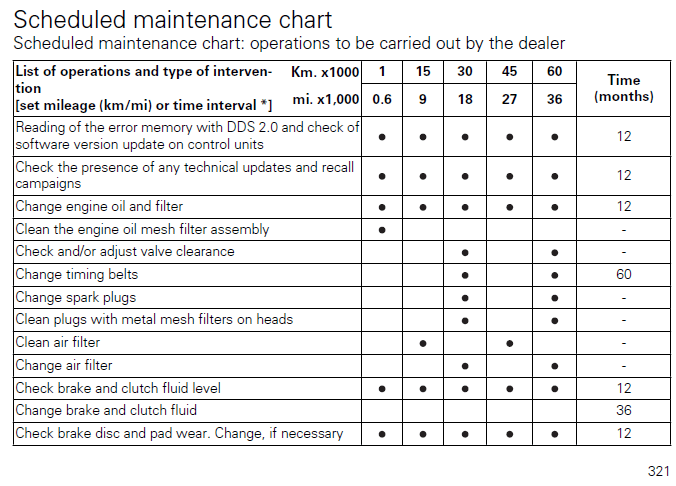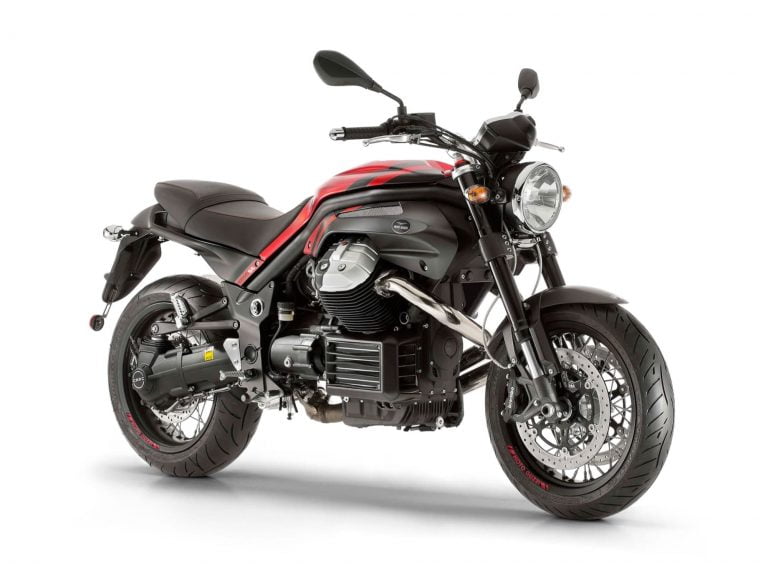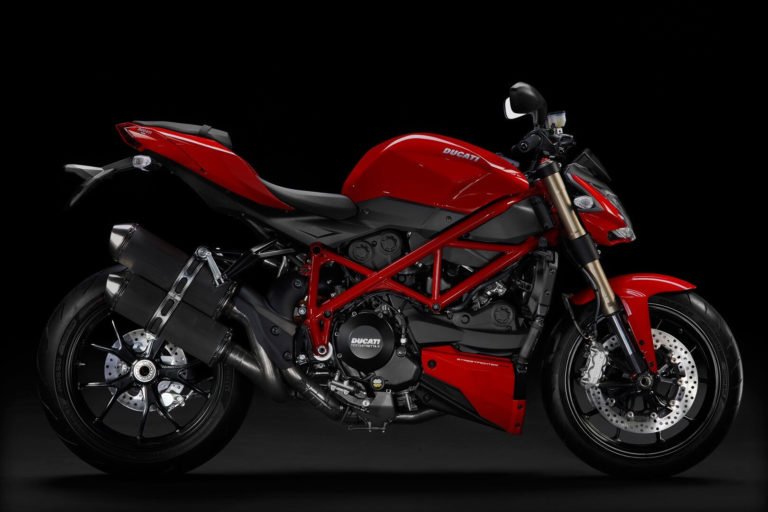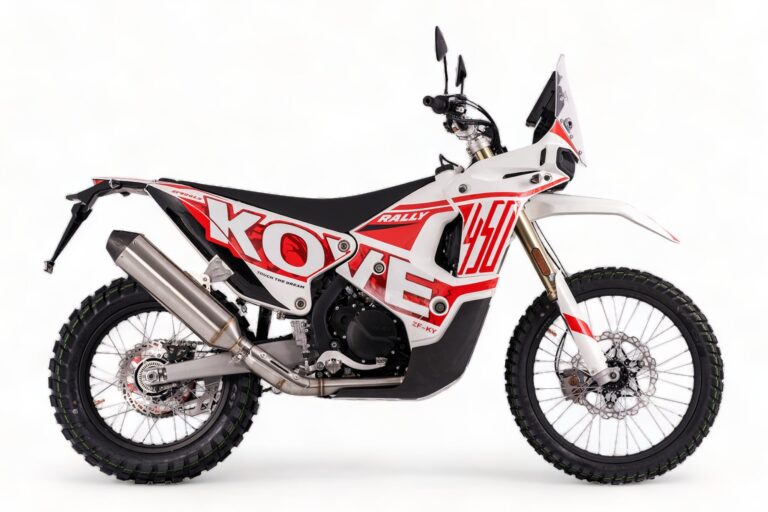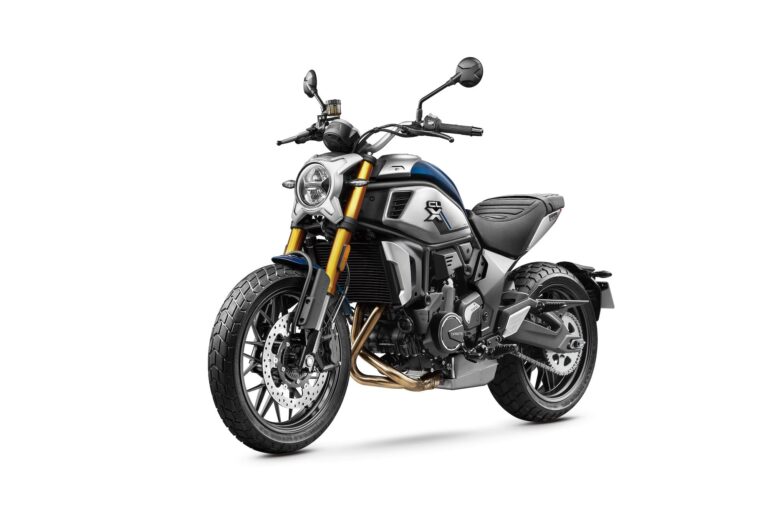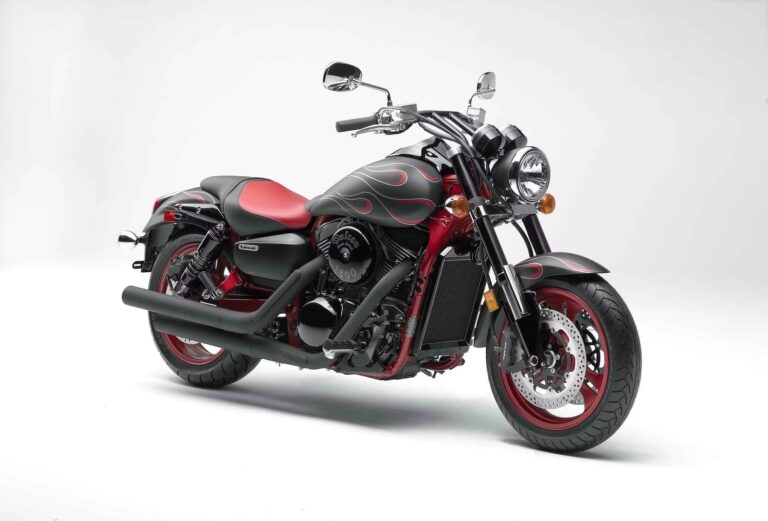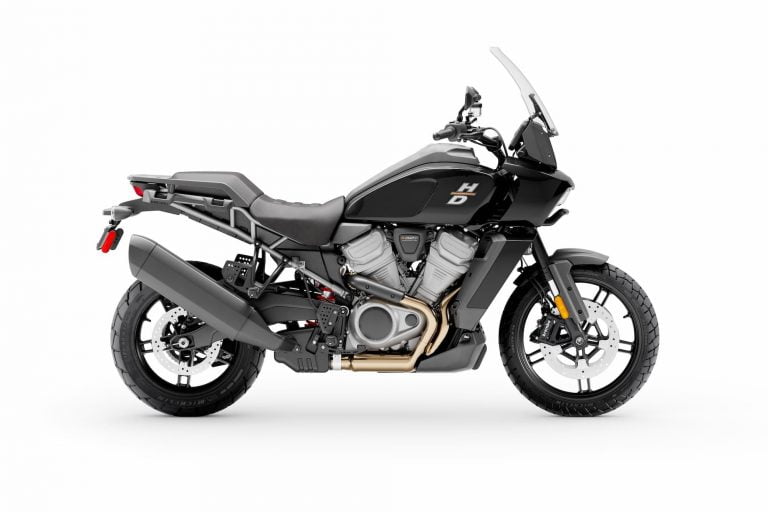Ducati XDiavel (1262cc DVT, 2016-2020) Maintenance Schedule
This is the maintenance schedule and service intervals for the Ducati XDiavel — sourced from the owner’s manual, with reference to parts diagrams and online guides.
Here are the other motorcycles in the Ducati Diavel and XDiavel range:
- Ducati Diavel 1st gen (1198 cc, 2011-2014): Base model, 7500 mile / 12000 km service intervals
- Ducati Diavel 2nd gen (1198 cc, twin spark, 2015-2018): Twin spark engine, 9000 mile / 15000 km service intervals
- Ducati Diavel 1260 DVT (2019-2022): Base model, Brembo M 4.32 calipers, Marzocchi / Sachs suspension
- Ducati Diavel 1260 S DVT (2019-2022): Brembo M50 calipers, Öhlins suspension
- Ducati XDiavel (2016-2020): Base model
- Ducati XDiavel S (2016+) (WIP) — M50 calipers, other cosmetic components
- Ducati XDiavel Dark (2021+) (a blacked out version, but with similar base model components) (WIP)
- Ducati Diavel Black Star 2021-2022 (WIP) — M50 calipers
- Ducati Diavel V4 (2023+) — V4 Granturismo engine, Stylema calipers
The Ducati XDiavel is Ducati’s latest cruiser, first launched in 2016. It is powered by the Testastretta DVT engine, a 1262 cc liquid-cooled 90-degree L-twin. It has dual overhead cams, and desmodromic variable valve timing (which is the DVT).
Over time, the DVT engine has been re-tuned to meet emissions pecs and to even increase peak power. At launch, it had a 1262cc DVT engine it has had until today, it has been re-tuned over time, including to meet Euro 4 and 5 emissions requirements.
The original XDiavel made 114.7 kW (156 CV / 153.8 bhp) at 9500 rpm, with huge peak torque of 128.9 Nm (95 lb-ft) at a stunningly low 5000 rpm.
In 2021, the original XDiavel was effectively replaced by the XDiavel Dark (which has similar components).
This site has links from which we earn a commission (which unfortunately nobody can save, not even us). If you appreciate this research work, then please use those links. Thanks.
The service internal are very similar of those 2019-2020 Ducati Diavel, which shares the 1262 DVT engine (the standard Diavel previously had a smaller engine without DVT).
Ducati XDiavel DVT Service Intervals
Generally speaking, service intervals for the 2016+ Ducati XDiavel are every 9000 miles or every 15000 km, at which point you change the oil and filter and spark plugs, and do a whole bunch of checks.
The major “Desmo” service interval for the XDiavel DVT is every two services, or 18000 miles / 30000 km. That’s when you change the air filter, change the timing belt, and do the valve clearances.
As the XDiavel DVT has a 4 valve per cylinder Desmodromic engine, there are 8 valves and thus 16 clearances to check, as there’s both an opener and a closer. Further, changing one clearance on a valve can affect the other.
Because the DVT motor has belt-driven cams, you also have to change the timing belts at every major service. The recommended interval is every five years if you haven’t changed them on a distance interval recently.
Finally, make sure to keep the coolants (engine coolant and brake / clutch fluid) fresh per the schedule.
What you need to service the Ducati XDiavel
If you’re servicing your Ducati XDiavel, you need the following replaceable items per the manual.
| Item | Ducati XDiavel (1262 cc, DVT) spec |
|---|---|
| Engine oil | Ducati recommends Shell Advance 4T Ultra 15W-50 engine oil, or another full synthetic JASO MA2 engine oil that meets API SN as well, e.g. Motul 7100 15W-50. |
| Oil filter | The standard part is 44440038A, same as for many Ducatis. You can also use a Hiflofiltro HF153RC. |
| Spark plugs | The standard spark plug is a NGK MAR10A-J. |
| Air filter | The standard air filter is a 42610491A. You can also use a K&N air filter DU-1112, or a high-performance Sprint air filter P08F1-85. |
| Coolant | Use ENI Agip Permanent Spezial antifreeze or an equivalent. |
| Brake fluid | Use DOT 4 brake fluid, e.g. Castrol DOT 4 full synthetic. |
| Fork oil | Ducati recommends Shell Donax TA fork oil, 835cc per leg (you’ll need two bottles) |
Regular maintenance for the Ducati XDiavel
Below is the maintenance schedule for the Ducati XDiavel with the DVT engine.
Every 1 000 km / 600 miles OR 6 months (whichever comes earlier), perform the following maintenance:
| Ducati XDiavel (DVT) regular maintenance |
|---|
| Check engine oil level (top up with Motul 7100 15W-50) |
| Check brake fluid level (Castrol DOT 4) |
| Check tyre pressure and wear |
| Check final drive belt tension |
| Check brake pads (change with FA630HH at the front and FA209/2HH at the rear). Note the XDiavel S has different brake pads up front. |
Ducati XDiavel Maintenance Schedule Table
The following is the list of maintenance operations for the Ducati XDiavel.
Generally maintaining the Ducati XDiavel (2016-2020) is similar to other bikes with a liquid-cooled desmodromic engine.
- Service intervals on the Ducati XDiavel are every 15000 km (9000 mi).
- Every two services (every 30000 km or 18000 mi) you have to do a desmo valve service and change the belts.
- Change the belts every 5 years if you haven’t done that distance.
Apart from that, replace fluids periodically.
Notes on the maintenance schedule:
- Follow the earlier of the time or distance-based intervals where relevant.
- When riding in the dust or wet, change the air filter more regularly.
- Items marked [D] are for a Ducati dealer or technician to do.
- Break-in service is omitted (as this time has passed on this model)
| km. x1000 | 15 | 30 | 45 | 60 | Time |
|---|---|---|---|---|---|
| mi. x1000 | 9 | 18 | 27 | 36 | (months) |
| [D] Read the error memory with DDS 2.0 and check software version update on control units | • | • | • | • | 12 |
| [D] Check the presence of any technical updates and recall campaigns | • | • | • | • | 12 |
| Change engine oil and filter (Motul 7100 15W-50, HF153RC) | • | • | • | • | 12 |
| Clean the engine oil mesh filter assembly | – | ||||
| Check and/or adjust valve clearance | • | • | – | ||
| Change timing belts | • | • | 60 | ||
| Change water pump belt | • | • | 60 | ||
| Change spark plugs (MAR10A-J) | • | • | • | • | – |
| Clean plugs with metal mesh filters on heads | • | – | |||
| Clean air filter | • | • | – | ||
| Change air filter (P08F1-85) | • | • | – | ||
| Check brake and clutch fluid level | • | • | • | • | 12 |
| Change brake and clutch fluid (Castrol DOT 4) | 36 | ||||
| Check brake disk and pad wear. Change if necessary | • | • | • | • | 12 |
| Check the proper tightening of brake calliper bolts and brake disk flange screws | • | • | • | • | 12 |
| Check front and rear wheel nuts tightening | • | • | • | • | 12 |
| Check frame-to-engine fasteners tightening | • | • | • | • | – |
| Check wheel hub bearings | • | • | – | ||
| Check and lubricate the rear wheel shaft | • | • | – | ||
| Check silentblocks on driven pulley | • | • | – | ||
| Check final drive driven and driving pulley nut tightening | • | • | • | • | 12 |
| Check final drive wear (belt, driven and driving pulley). | • | • | • | • | 12 |
| Check final drive belt tension | • | • | • | • | 12 |
| Check steering bearings and lubricate, if necessary | • | • | – | ||
| Change front fork fluid (Shell Donax TA) | • | • | – | ||
| Visually check the front fork and rear shock absorber seals | • | • | • | • | 12 |
| Check the freedom of movement and tightening of the side and central stand (if any) | • | • | • | • | 12 |
| Visually check the fuel lines | • | • | • | • | 12 |
| Check rubbing points, clearance, freedom of movement and positioning of hoses and electric wiring in view | • | • | • | • | 12 |
| Lubricate the levers at the handlebar and pedal controls | • | • | • | • | 12 |
| Change coolant | • | 48 | |||
| Visually check the coolant level and sealing of the circuit | • | • | • | • | 12 |
| Check tyre pressure and wear | • | • | • | • | 12 |
| Check the battery charge level | • | • | • | • | 12 |
| Check the operation of all electric safety devices (side stand sensor, front and rear brake switches, engine kill switch, gear/neutral sensor) | • | • | • | • | 12 |
| Check lighting, turn indicators, horn and controls | • | • | • | • | 12 |
| [D] Reset the Service indication through the DDS 2.0 | • | • | • | • | – |
| Final test and road test of the motorcycle, testing safety devices (e.g. ABS and DTC), Cruise Control device, electric fans and idling | • | • | • | • | 12 |
| Softly clean the motorcycle | • | • | • | • | 12 |
| [D] Fill out that the service was performed in on-board documentation (Service Booklet) | • | • | • | • | 12 |
About the Ducati XDiavel
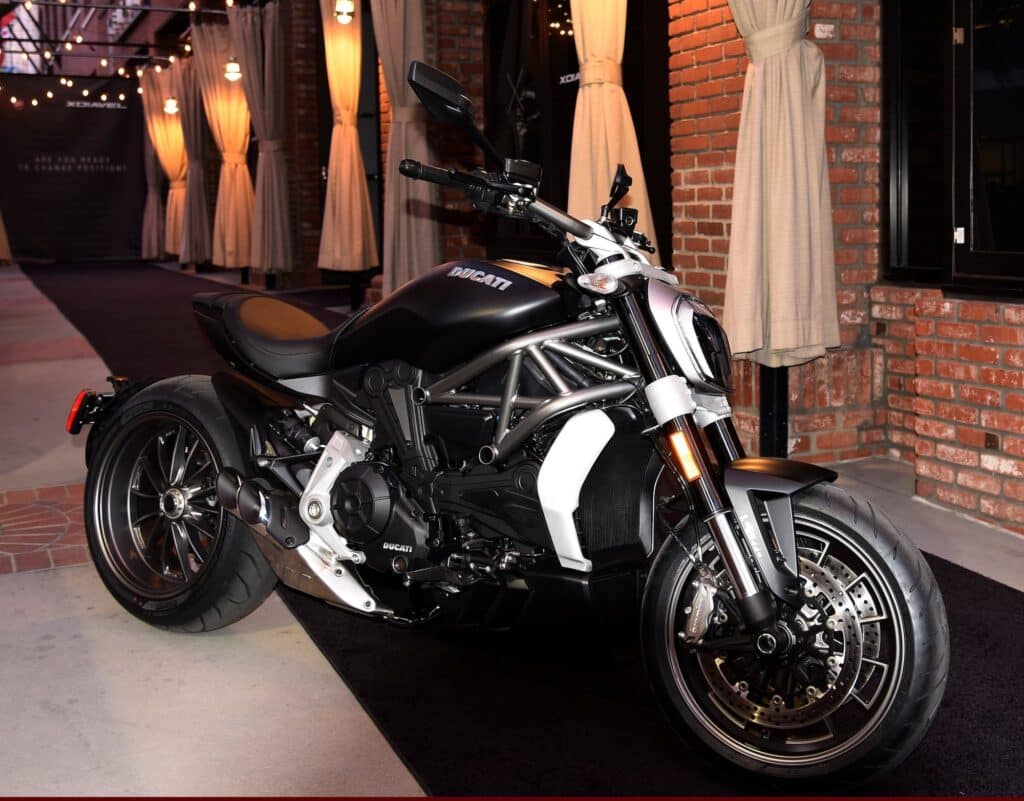
Since its launch, the Ducati XDiavel has made waves.
The XDiavel is Ducati’s second cruiser, the first being a long time earlier, but their first really successful one. When Ducati launched the XDiavel, people mused whether Ducati were trying to steal Harley-Davidson’s market, at which every Harley-Davidson fan ever laughed — the products and target markets are quite different.
Really, what Ducati is doing is appealing to the kind of person who wanted the comfort and poise of a cruiser, but who doesn’t want a Harley. Or perhaps to Ducati diehards who want their own relaxed rider.
Japanese manufacturers had been making performance cruisers for years (like the Suzuki Boulevard M109R or the Yamaha Raider), and Triumph had its mega cruisers too (like the Rocket III).
The Ducati XDiavel has a similar name to the Ducati Diavel, and shares some style elements. But the XDiavel is its own beast, with a much more relaxed riding position.
It’s low, long, muscular, and very striking, with a huge tank, exposed rear wheel, and a roaring V-twin.
What makes the XDiavel special is that it isn’t just a cruiser; it’s a fast cruiser that handles well.
The core of the XDiavel is the same as the XDiavel S — they share the same engine. It’s a 1262cc liquid-cooled V-twin with four valves per cylinder and a Desmodromic valvetrain.
The Desmo system means there’s an opener and closer for each valve, rather than a spring returner like on every other motorcycle. Desmo is quite synonymous with Ducati in the motorcycling world, though Ducati has been branching away in recent years (for example the Granturismo engine in the Multistrada V4 does not have Desmodromic actuation).
Another striking characteristic of the XDiavel is that it has variable valve timing. The DVT engine is shared (although in different tune) with the Ducati Multistrada 1262 cc DVT.
Far from being just a random Italian cruiser, the Ducati XDiavel can rev, can accelerate like a demon, and can lean. It handles well. It doesn’t handle well “for a cruiser”; it just handles well. It doesn’t have the lean angle of a Panigale, but it has a lot more than does a more traditional low-revving cruiser.
Don’t just look at the power output (which is considerable), look at the massive torque (95 ft-lb) that’s available just halfway through the rev range at 5000 rpm. With an engine that happily revs up to 10000 rpm, the XDiavel has a hugely torque-laden, sporty feel that’s quite unique. And remember that this isn’t a heavy bike — fully fuelled, the XDiavel weighs 247 kg (545 lb), which is far lighter than most bikes in its class, even those with a third the power.
The Ducati XDiavel has a belt drive, which is unique for a Ducati. This, and the V-twin engine, is about all that it has in common with most traditional cruisers.
The ride gear on the Ducati XDiavel is also top notch. Up front it has 320mm semi floating discs with Brembo monoblock M4.32 calipers and a radial mastering cylinder.
The suspension on the standard XDiavel is a fully adjustable Marzocchi fork, with a Sachs shock absorber that’s adjustable for preload (via remote reservoir) and rebound.
The XDiavel S gets a few more extra features, which warrant keeping its maintenance schedule separate. These include
- Brembo M50 calipers, a step up from the M4.32 up front on the standard XDiavel
- Light alloy 12-spoke cast and machined wheels
- Daytime running lights (DRLs) on the front headlight
- A bluetooth module for the infotainment system
- A DLC coating on the fork tubes
The XDiavel S is most easily distinguished by the wheels. Check them out here side by side.
Ducati XDiavel Owner’s Manual
The above info was sourced from the owner’s manual, plus referencing online parts repositories.
You can download the manual for the XDiavel from the Ducati website here.
